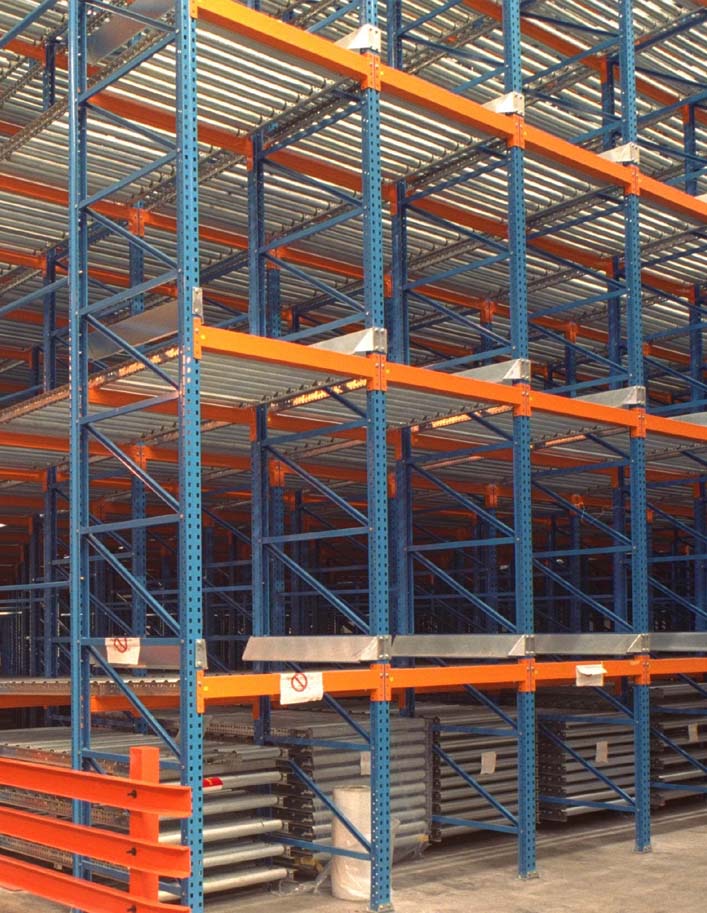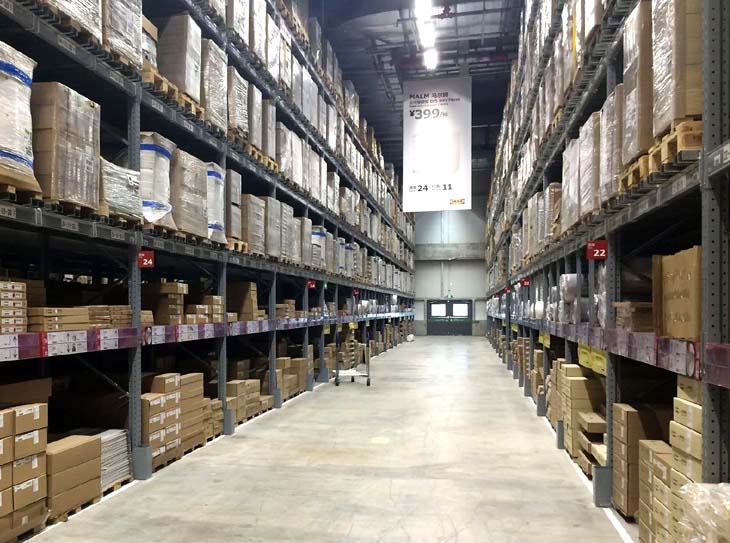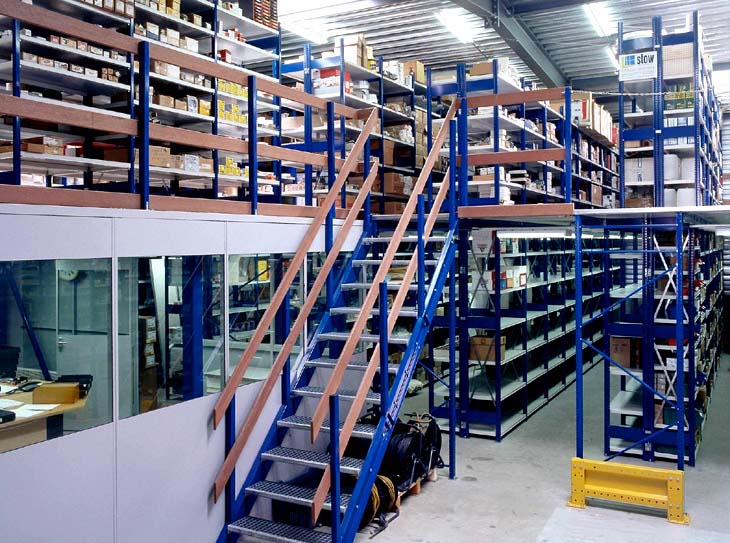Shuttle Rack
- Home Page
- Shuttle Rack

Gravity Shelf
- Product Type :Shuttle Rack
- Product Model :XYY-020-011H
- Size :400×700×200
- Product Features :• More compact and simpler storage method • Separate storage of each type of goods • Interference
- Product Inquiry :+86 (21) 3126 3878
Product Description
Gravity racks are evolved from pallet racks. The pallets automatically slide down along the drum by gravity. The track design slope is (1.6~2.1) degrees. The specific slope is determined according to the weight of the goods. The pallet quality is required to be firm and not deformed. Roller type is used. Track or bottom wheel pallets, use the weight of the goods to realize the first-in-first-out of the goods, one side in and the other side out. It is suitable for the first-in first-out storage operation of large quantities and similar goods. The space utilization rate is high and the total shelf depth (ie The length of the guide rail should not be too large, otherwise the unusable upper and lower "dead corners" will be larger, which will affect the use of space, and the slope will be lengthened, and the controllability of the slide will be poor, and the momentum of the slide will be large, which will easily cause poor slide and obstruction. Live, the tipping of the pallet cargo. In order to make the slide smoothly, if the ramp is long, a damping device should be installed in the middle. In order to prevent the pallet cargo from tipping over due to excessive impact when it slides to the bottom end, a buffer device should be installed at the lowest part of the ramp. It is also necessary to install an automatic separation device for pallet goods at the lower end of the track to facilitate the pickup. Therefore, the design, manufacture and installation of this system are difficult and costly. Such shelves should not be too high, generally within 6m, and the weight of the single pallet is generally within 1000kg, otherwise its reliability and operability will be reduced.
Features:
• More compact and simpler storage method
• Separate storage of each type of goods
• Interference with each other to improve access efficiency



